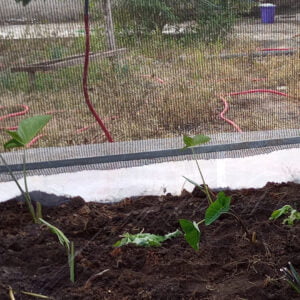A Slow but Profitable Path to Agribusiness Success
Are you trying to find something different and lucrative in the agricultural industry? Although it may not be the first thing that springs to mind, snail farming is a lucrative industry. We’ll walk you through all the necessary steps to launch your snail farming enterprise in this guide .
The Allure of Snail Farming
Before we get into the how-to, examine why snail farming is a viable business:
1. High Demand
Snails are highly sought after and considered a delicacy in many cuisines worldwide. This gives your items a steady market.
2. Low Capital Requirements
The initial costs of snail farming are comparatively modest when compared to other agricultural endeavors. Extensive acreage and substantial infrastructural investments are not necessary.
3. Minimal Environmental Impact
Ethically, snail farming is beneficial. It doesn’t call for the excessive use of water or land. You could even establish a backyard snail farm.
Step 1: Research and Education
Knowing the fundamentals is crucial before you start snail farming. Examine the various varieties of snails, their behaviors, and the best ways to take care of them. Learn about the needs for housing, feeding, and breeding.
Step 2: Create a Business Plan
Link to: Maximizing Crop Yields in Your Greenhouse: Tips and Tricks
A carefully considered company plan is essential. It must to include your objectives, financial plan, marketing approach, and projected earnings schedule. You can gain knowledge about writing a winning business plan by reading our essay on increasing crop yields.
Step 3: Choose Your Snail Species
Snails are not all created equal. While certain species are protected or unsuitable for economic use, others are better suited for farming. Helix aspersa, or common garden snail, and Achatina fulica are two popular species of snails used in farming (giant African snail).
Step 4: Prepare Your Snailery
Your snails’ habitat is called a snailery. It could be as basic as an enclosed, covered outdoor space, or it could be more elaborate. Make sure it offers safety from predators and shelter from harsh weather.
Step 5: Sourcing Your Snails
Although you can collect snails in the wild, purchasing snails from a reliable breeder is safer and more environmentally friendly. In this manner, the species and well-being of your snails are guaranteed.
Step 6: Feeding and Care
There are certain dietary needs for snails. They do best fed fresh veggies such as cabbage, lettuce, and cucumber. Make sure they can eat foods high in calcium, such as eggshells, to help grow their shells.
Step 7: Marketing Your Snails
Link to: The Future of Agriculture: Exploring Greenhouse Farming
Your business’s success as a snail farmer depends on marketing. Similar to greenhouse farming, you may market your goods more successfully if you have a better awareness of agriculture’s future, especially sustainable approaches.
JoBenBless Agric: Your Partner in Agriculture
Call-to-Action: Are you prepared to start farming snails? Your aspirations for an agribusiness have our backing, JoBenBless Agric. For greenhouse farming, snail farming, and other activities, we provide advice and direction. Contact Us
Conclusion
Launching a snail farming enterprise is a thrilling prospect. You have the ability to make it a successful endeavor if you have the necessary information, planning, and direction. Even though snail farming moves slowly, it’s a reliable way to succeed in agriculture. Visit our blog to learn more about greenhouse farming, agriculture, and related subjects.






